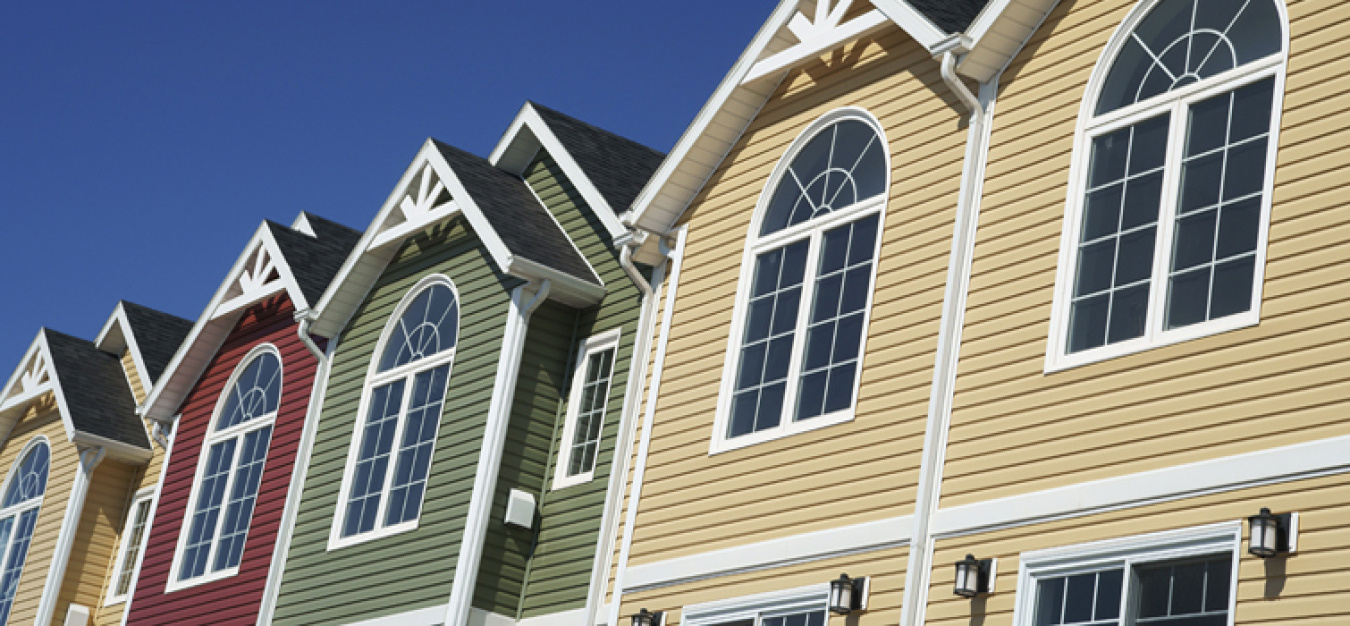The home improvement market represents $150 billion in annual investment, with more than 14 million projects that involve replacement or upgrades o...
March 31, 2016
The home improvement market represents $150 billion in annual investment, with more than 14 million projects that involve replacement or upgrades of heating and cooling systems, windows, siding and roofs, insulation, and other measures.
A new DOE initiative, Home Improvement Catalyst, is focusing on this multibillion dollar market, shifting investments toward high-impact energy efficient solutions. Home Improvement Catalyst (HI Cat), is encouraging households to make smarter decisions when making home improvements or repairs, helping them save money while increasing the health, safety, and comfort of their homes.
The Home Improvement Catalyst focuses on opportunities where homeowners are already making or are planning investments in their homes, whether that be a general repair, regular maintenance, major equipment replacement or through minor or major remodeling.
HI Cat seeks to provide contractors and homeowners with cost-saving energy efficiency options they may not realize were available, while increasing market adoption of high-impact energy efficient technologies. Through HI Cat, DOE will partner with leaders in the home improvement industry, manufacturers, and residential energy efficiency programs to determine market barriers and solutions for greater individual energy efficiency upgrades.
HI Cat will incorporate and demonstrate strategies, develop resources and guidance, and offer case studies of how programs, trades and homeowners can incorporate energy efficiency when making upgrade decisions, such as replacement of HVAC systems, new windows, or remodeling work.

Home Improvement Catalyst will utilize the “home ownership life cycle” to focus actions for trade contractors to interact with homeowners on energy efficiency. The home ownership life cycle offers multiple touch points for purchasing decisions with opportunities to achieve greater comfort, incremental energy savings and value. Over time, the cumulative energy savings potential is 30-40% for a home. From this existing life cycle that all home owners experience, starting with buying a home and including routine maintenance and general repairs, HI Cat provides a pathway to complete energy efficiency measures over time.
For more information, see the HI Cat web page or contact the DOE project manager, Steve Dunn.

